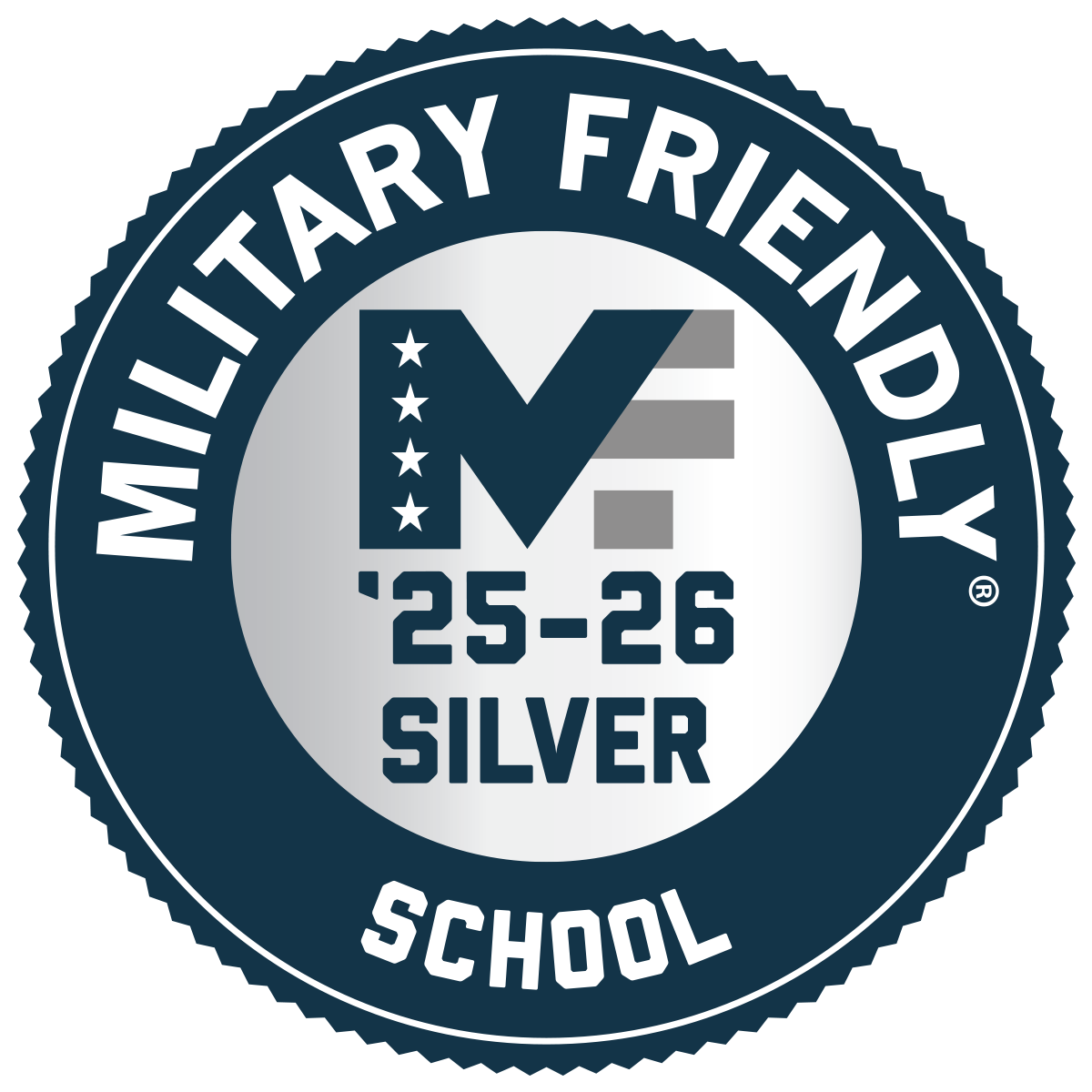Commercial truck routes require a lot of planning. As a professional truck driver, optimizing your routes is essential for success. Finding the most efficient course can help you save time, money, and fuel, as well as make sure your deliveries arrive on time.
Here are some tips for optimizing your trucking routes:
-
Analyze Your Data
Analyzing your historical data is the first step to optimizing your trucking routes. Look at your delivery times, fuel costs, and other metrics related to your journeys to identify any areas of inefficiency. This information can help you determine which routes may be too long or too short, where you should make stops, and whether certain routes are more fuel-efficient than others.
-
Use Route-Planning Software
Route-planning software can be a great way to save time and optimize your routes when driving a commercial vehicle. These programs consider factors like traffic, road conditions, and other variables to help you plan the most efficient routes. Programs also typically allow you to customize your journeys based on your needs and preferences. Many motor carriers have preferred software that you’ll have access to
-
Avoid Traffic
Avoiding traffic is one of the best ways to save time and fuel on your routes. Look for roads with fewer stops and congestion points and try to time your trips during off-peak hours when there’s less traffic on the roads. This can help you decrease your driving time from point A to point B.
-
Consider Loading and Unloading Times
Loading and unloading times can substantially impact your delivery times, so ensure you factor them in when planning your routes. Considering this element of travel can help you determine which trips are more efficient, as well as how much time you’ll need for each stop.
-
Take Weather and Road Conditions into Account
Weather and road conditions can also affect the efficiency of your routes. If you know that certain roads are prone to traffic jams or that certain areas have bad weather forecasts, you should plan your routes accordingly. Accounting for these factors can help you avoid delays and ensure your deliveries arrive on time.
-
Track Your Performance
Once you’ve optimized your routes, tracking your performance is essential. Monitor your delivery times, fuel costs, and other metrics to confirm your trips run as efficiently as possible. This can help you identify any areas in need of improvement so you can adjust accordingly.
Develop Essential Trucking Skills at Phoenix Truck Driving Institute
Optimizing your trucking routes is one of the many essential skills necessary for success as a professional truck driver. At Phoenix Truck Driving Institute, we set our students up for success with a curriculum that covers everything you’ll need to know as a trucker, taught by skilled instructors with real-world experience. Our truck driving school can help you earn your commercial driver’s license (CDL) in as little as four weeks with a combination of classroom and hands-on training.
Contact one of our advisors today to learn how to earn your CDL and become a professional truck driver.





